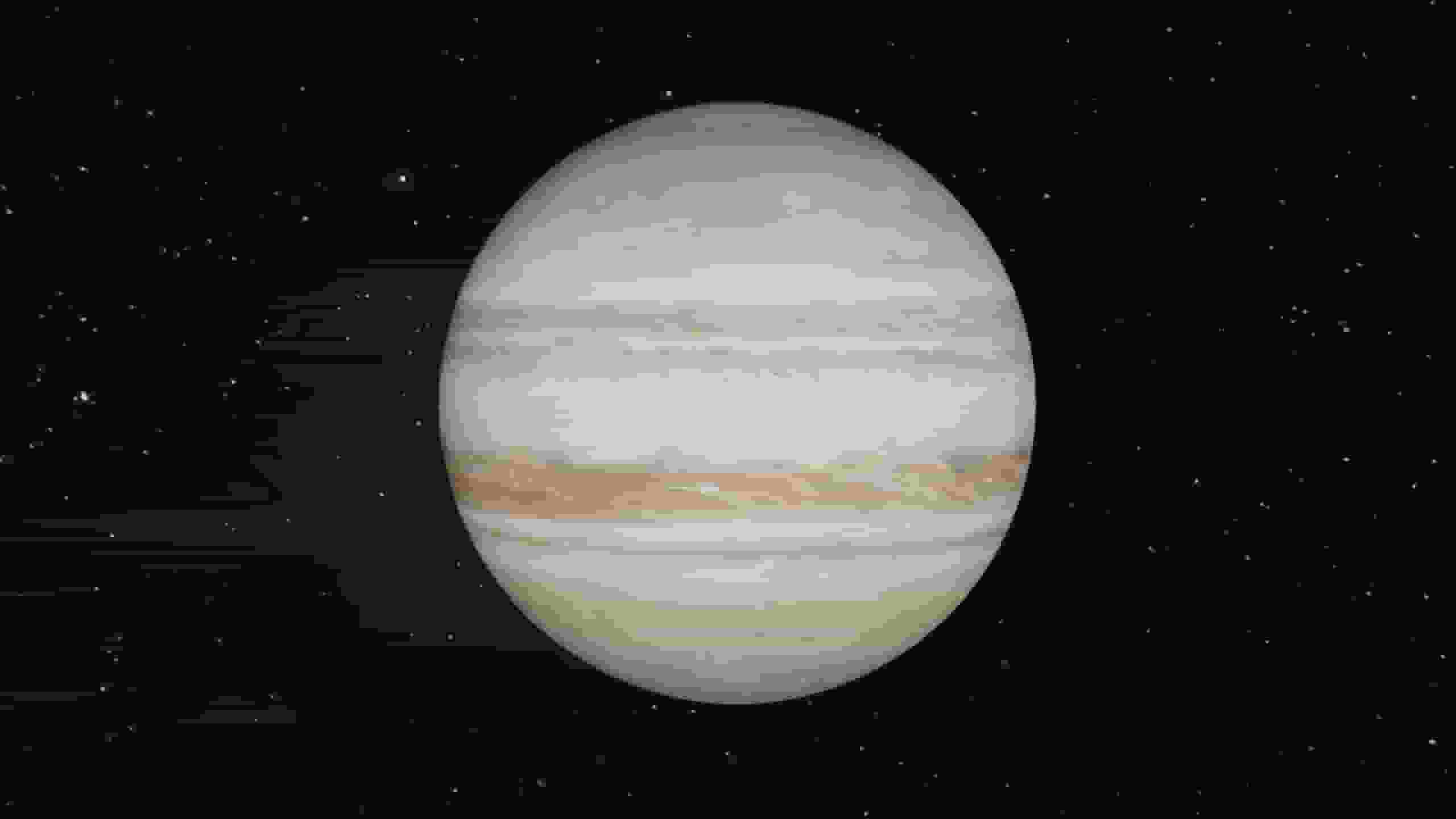
The research, based in part on information from other NASA missions, including Voyager and Cassini, could aid researchers in learning how to forecast weather on Jupiter.
The upper troposphere of Jupiter, the region of its atmosphere where weather occurs and where its distinctive colorful striped clouds form, has undergone the most extended temperature investigation yet conducted.
Jupiter Belts and Zones
Four decades of work piecing together data from NASA spacecraft and ground-based telescope observations revealed unexpected patterns in the thermal evolution of Jupiter’s belts and zones.
It’s a huge step forward in our quest to predict the weather on the giant planet in our solar system, and understanding what causes it is a big part of that.
The group has uncovered clues suggesting that a phenomenon known as teleconnection may be involved in these out-of-the-ordinary seasons.
In addition, the term teleconnection refers to the synchronized, periodic changes in the atmospheric system that can occur in regions of the Earth that are thousands of miles or kilometers away.
Since the 19th century, teleconnection has been seen in the Earth’s atmosphere, most notably in the well-known La Nina – El Nino cycle also known as the Southern Oscillation.
Read more: Watch: NASA Artemis 1 mission marks historical success of returning astronauts to the moon
Jupiter’s Hemisphere

The National Oceanic and Atmospheric Administration have shown a correlation between shifts in the trade winds across the western Pacific Ocean and subsequent changes in rainfall patterns across most of North America during these events (NOAA).
In their latest study, scientists discovered that when temperatures increase at certain latitudes in Jupiter’s northern hemisphere, the corresponding latitudes in Jupiter’s southern hemisphere cool down, nearly in a perfect mirror image.
Moreover, the data also showed that as temperatures rise in Jupiter’s upper layer of the atmosphere, the stratosphere, temperatures drop in the lower layer of the atmosphere, the troposphere, where weather events, including Jupiter’s strong storms, occur.
Also, several of the world’s finest ground-based telescopes contributed data to the study beginning in 1978. These telescopes included the Very Large Telescope in Chile, NASA’s Infrared Telescope Facility, and the Subaru Telescope at Hawaii’s Mauna Kea.
Meanwhile, Data from other spacecraft, such as the deep-space Voyager probes that passed Jupiter in 1979 and the Cassini mission that passed Jupiter in 2001 on its route to study Saturn, was also utilized by the researchers.
Read more: NASA To Launch Its First-Ever Worldwide Water Survey

